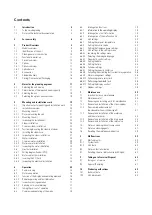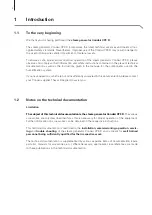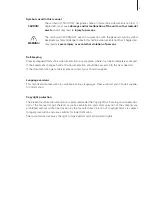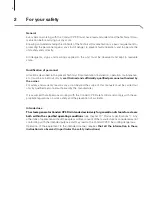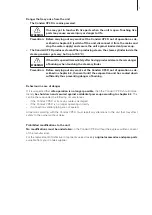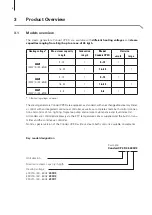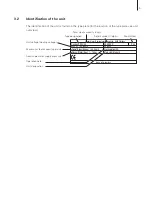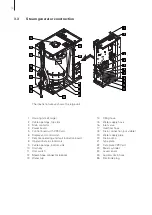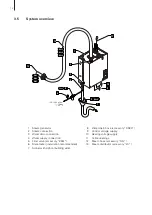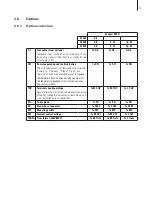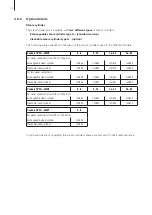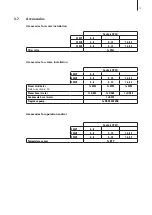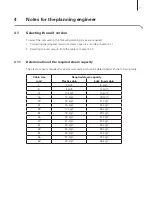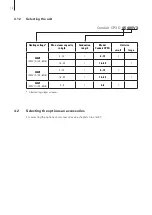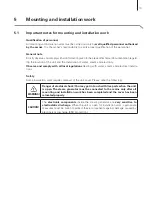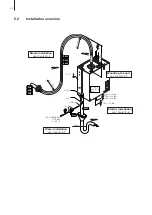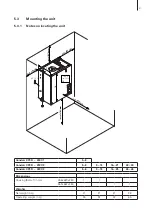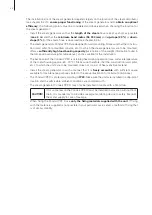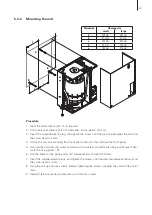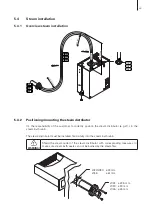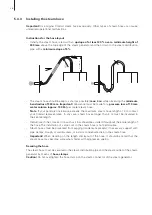
11
3.4
Functional description
The Condair CP3 D is a pressureless steam generator that utilizes an electrode heating. The Condair
CP3 D is designed for steam generation in a steam bath.
Steam generation
Any time steam is requested, the electrodes are supplied with voltage via main contactor. Simulta-
neously, the inlet valve opens and water enters the steam cylinder from the bottom via water cup
and supply line. As soon as the electrodes come in contact with the water, current begins to flow
between the electrodes, eventually heating and evaporating the water. The more the electrode surface
is exposed to water, the higher is the current consumption and thus the steam capacity.
Upon reaching the requested steam capacity, the inlet valve closes. If the steam generation de-
creases below a certain percentage of the required capacity, due to lowering of the water level (e.g.
because of the evaporation process or drainage), the inlet valve opens until the required capacity is
available again.
If the required steam capacity is lower than the actual output, the inlet valve is closed until the de-
sired capacity is achieved by lowering of the water level (evaporation process).
Level monitoring
A sensor provided in the steam cylinder cover detects when the water level gets too high. The mo-
ment the sensor comes in contact with water, the inlet valve closes.
Drainage
As a result of the evaporation process, the conductivity of the water increases due to an escalating
mineral concentration. Eventually, an inadmissibly high current consumption would take place if this
concentration process were permitted to continue. To prevent this concentration from reaching a
value, unsuitably high for the operation, a certain amount of water is periodically drained from the
cylinder and replaced by fresh water.
Control
The steam production is controlled steplessly (continuous control) by the KTY temperature sensor
supplied (or an 0-10V temperature sensor) and the integrated continuous controller.
Below a minimum controllable steam output a two-point control (On/Off) is used.



